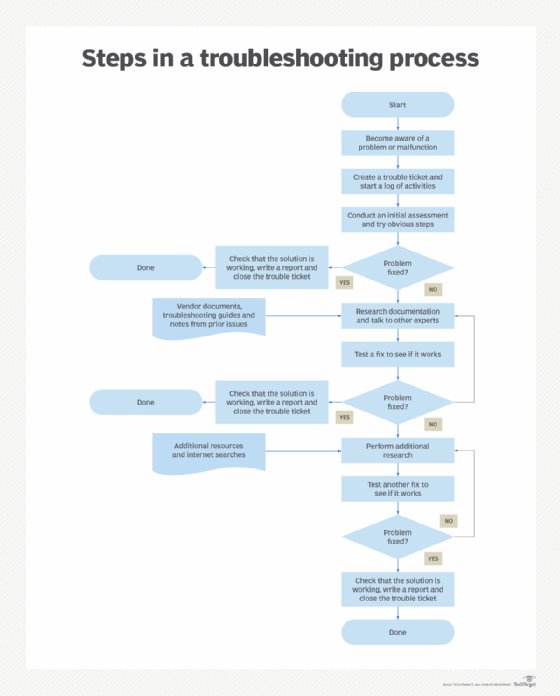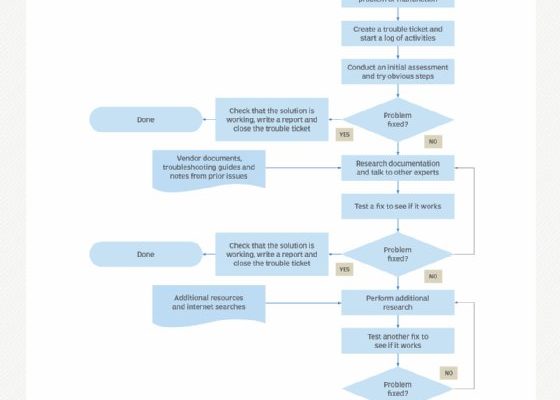
This issue comes up most after something changes in your home—maybe new weather, foundation settling, or even after replacing an old lock. If you’re working with a Kwikset or Schlage deadbolt, for example, and it suddenly feels sticky or the key won’t turn, chances are *the frame has shifted*, causing the deadbolt to misalign. Let’s walk through why this happens and, more importantly, how you can troubleshoot and fix it without calling a locksmith.
Why Steel Door Deadbolts Get Misaligned
You might be wondering, “How does a heavy, solid steel door even move enough for this to happen?” Honestly, it’s not usually the door itself—it’s the frame and the house around it. Homes settle over time. Floors shift, walls expand and contract, and even the toughest steel door can’t resist these tiny tweaks forever.
Humidity is one of the biggest culprits. Wood frames can swell during damp months and shrink when things get dry. That pushes the frame slightly out of place, dragging the latch and strike plate with it. It can also show up after a new floor gets installed or the foundation shifts a bit (it doesn’t have to be dramatic—just a few millimeters can throw the deadbolt off).
Often, you’ll notice the problem first with a stiff key turn, or maybe you have to lift or push the door to get the lock to catch. Left alone, forcing the bolt can damage the mechanism or even snap the key. That’s why figuring out the alignment issue quickly matters.
Spotting Signs of a Misaligned Deadbolt
Let me explain how to check if your steel door’s deadbolt is suffering from frame shift—before you grab a screwdriver or call for help. The symptoms are usually pretty easy to spot if you know what to look for.
- The deadbolt doesn’t slide smoothly: You might feel grinding or have to wiggle the key to get it to lock or unlock.
- The bolt stops short: If you watch the bolt move, you’ll see it hits the strike plate before it can fully extend.
- The door won’t latch unless you push or pull: Sometimes, the door has to be held in just the right position to make the lock work.
- Visible marks or dents: Check the edge of the door and the strike plate for fresh scratches or shiny spots where metal has rubbed together.
If you see any of these, it’s a safe bet you’re dealing with a misaligned deadbolt. This troubleshooting step alone can save you the cost and hassle of replacing a perfectly good lock set when the real issue is the frame.
Why a Misaligned Deadbolt Is More Than Just Annoying
It’s tempting to just live with a sticky lock and find workarounds. But honestly, ignoring deadbolt alignment issues can turn a minor hassle into a bigger headache.
For starters, forcing the key or bolt puts a lot of stress on the lock’s internals. Over time, this can bend pins, wear out tumblers, or even break your key off inside the lock. If you’re using a keyless option, like a smart lock, a misaligned deadbolt might cause the motor to fail or drain the battery faster as it struggles to move the bolt.
There’s also the security angle. A deadbolt that doesn’t throw all the way—even if it “looks” locked—isn’t actually protecting your home. Someone could force the door open much more easily. Think of it as wearing a seatbelt that isn’t actually clipped in; you’ll only find out it’s useless when it matters most.
And if you keep forcing things, you could damage the steel door or the frame itself. That’s a pricey repair compared to just realigning the parts.
Quick Troubleshooting Steps for a Misaligned Steel Door Deadbolt
Ready to roll up your sleeves? Let’s walk through step-by-step troubleshooting to get your steel door’s deadbolt back in working order. You don’t need advanced tools—just patience and a bit of care.
- Check the alignment visually: Open the door and throw the deadbolt. It should extend/retract smoothly, without sticking. If it works fine when open but not when closed, you know it’s a frame or strike plate issue—not the lock itself.
- Inspect the strike plate: This is the metal piece on the door frame where the bolt goes in. If it’s loose or there are visible gaps, that’s a sign the frame has shifted.
- Mark the deadbolt’s path: Close the door gently and use a bit of chalk or lipstick on the end of the bolt. Turn the knob to see where it’s hitting the strike plate; the mark will show you exactly where things are out of sync.
- Tighten screws and hardware: Sometimes, loose screws on the hinges or strike plate let things sag or shift. Tighten everything up before moving on to bigger fixes.
If these steps solve your problem, great! If not, you’ll likely need to adjust the strike plate or the frame—more on that just ahead.
Adjusting the Strike Plate to Fix Deadbolt Alignment
Often, the simplest fix for a misaligned deadbolt is to tweak the position of the strike plate. Think of this as “moving the goalpost” so the bolt can hit the target again.
- Loosen the strike plate screws: With the door open, use a screwdriver to loosen (but not remove) the two screws holding the plate to the frame.
- Shift the plate: Slide the plate up, down, left, or right as needed—based on where your chalk or lipstick mark hit earlier.
- Test the deadbolt: Tighten the screws just enough to hold the plate, then try closing the door and locking the bolt. Adjust and repeat until the bolt slides in smoothly.
- If needed, enlarge the hole: If the frame has shifted too much, you may need to file or chisel the hole a bit wider or longer to match the new bolt path.
Take your time here. A few millimeters can make all the difference between a deadbolt that glides and one that jams.
What to Do If the Door Frame Has Shifted Too Much
Here’s the thing: Sometimes, the shift is so big that moving the strike plate isn’t enough. You might notice the whole door seems crooked or there’s an obvious gap at the top or bottom.
If that’s the case, you have a few options:
- Check the hinges: If a hinge is loose or bent, tightening or replacing it can lift the door back to where it should be.
- Add hinge shims: Inserting thin pieces of cardboard or plastic behind a hinge can nudge the door slightly in one direction.
- Rehang the door: For major alignment issues, you may need to remove and reset the hinges, or even plane the edge of the door (less likely with steel, but not impossible with thin gauge models).
If your DIY fixes don’t solve it, or if the frame seems warped from water damage or foundation issues, it might be time to call in the pros. No shame in that—a good contractor can save you a ton of frustration.
Comparing DIY Fixes vs. Professional Help
You might be thinking, “Shouldn’t I just call a locksmith for this?” That depends on your comfort level. Personally, if the bolt is just a little sticky or the frame shift is small, there’s no reason not to try some of these fixes yourself. They’re straightforward, safe, and cost next to nothing.
On the other hand, if you see major gaps, cracked frames, or the door just won’t stay closed, it’s probably best to get professional help. Locksmiths can quickly identify alignment problems, and carpenters can handle bigger structural repairs. Plus, if you’re dealing with a smart lock or electronic deadbolt (like those from Schlage or Kwikset), a pro can help with code resets, battery issues, or advanced troubleshooting if a simple alignment doesn’t solve the problem.
The nice thing is, once the hardware is lined up, you’ll be amazed at how much smoother everything works. You might even feel like you’ve installed a brand-new lock.
Preventing Future Deadbolt Alignment Problems
Let’s talk about keeping this from happening again. Frame shift is often slow and sneaky, so a little regular maintenance goes a long way.
- Check the screws every few months: Hinges, strike plates, and lock sets can all loosen over time. A quick tighten keeps things firmly in place.
- Watch for seasonal changes: If you notice the deadbolt acting up as weather changes, humidity is probably the culprit. A small adjustment now can prevent bigger issues later.
- Lubricate the bolt: Use a graphite or silicone spray (never WD-40 for locks). It’ll keep things smooth and reduce wear.
- Inspect for water damage: Steel doors can hide water issues that warp the frame. If you spot swelling, call in a pro before things get worse.
It’s also smart to check your lock’s performance after any big change in your home—the installation of new flooring, a shift in the foundation, or renovations that might jostle the door frame.
Remember, a little time spent troubleshooting now can save you from lockouts, breakages, or expensive repairs later on.
When to Consider a Lock or Frame Upgrade
Sometimes, recurring alignment problems aren’t just about a shifting frame—they’re a sign that the hardware is outdated or the frame has been weakened over the years.
If you’ve tried all the steps above and the deadbolt still doesn’t work right, it might be time to look at replacing the lock or reinforcing the frame. For steel doors, high-security deadbolts from brands like Schlage or Kwikset are designed to handle more wear, resist tampering, and often come with adjustable strike plates that make future tweaks much easier.
Upgrading the frame with a reinforced strike plate or a full-length security plate can add stability and help prevent future shifting. It’s an investment up front, but it’ll save you time, frustration, and potential security risks down the line.
Closing Thoughts: Bringing Your Steel Door Back in Sync
Troubleshooting a steel door’s deadbolt that’s misaligned due to frame shift can feel intimidating at first, but most fixes are within reach—even for beginners. The key is taking a slow, methodical approach: spot the symptoms, check the basics, and adjust the frame or strike plate as needed. Most stubborn locks just need a little coaxing back into place.
Don’t ignore a misaligned deadbolt, and don’t assume it always needs a brand-new lock. With a bit of patience, you’ll restore both your peace of mind and your home’s security. And honestly, there’s something pretty satisfying about fixing it yourself—and knowing the next time you reach for the deadbolt, it’ll work exactly as it should.
